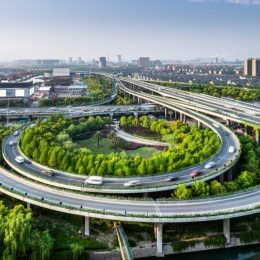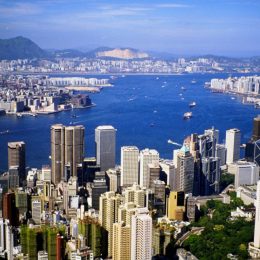Sustainable Development and Management of the Shallow Subsurface
Humankind has always been more interested in its visible surroundings, as landscape, air and water, rather than in the subsurface. In general we don’t think about the subsurface, let alone the processes that govern it and how these may determine our lives. This lack of awareness points to a major knowledge gap and has hampered major development of the underground so far. As we are running short of affordable and sustainable options for an expanding (and increasingly urban) human population, the subsurface may be a challenging resort to turn to. But sustainable use of the subsurface also implies a smart use of Earth processes to the benefit of human societies and ecosystems.
Development of an integrated management framework
The project consists of a PhD-study focussed on the development of an integrated management framework for the sustainable use of the shallow subsurface in the (predominantly) urban environment. The research is conducted in cooperation with the department of Environmental Economics of the IVM Institute for Environmental Studies at the VU University Amsterdam, the Earth Sciences Department.
Main research question, determining subsurface contribution
The main research question is related to determining the contribution that the subsurface can make to preventing urban sprawl and increasing urban density as well as improving the quality of life in the urban environment. This not only needs to take earth- and geotechnical sciences into account, but also look at legal and socio-economic aspects of these developments to identify viable options.
Distinction is made between seven roles of the subsurface:
- source of natural resources
- storage of materials
- space for public and commercial use
- space for infrastructure
- medium for foundation for constructions
- component in life-support systems
- archive of historical and geological heritage
Outcome, expected impact
The effects of the water, food and resources nexus will most strongly be felt in urban areas. The study will provide insight in the possible role of the subsurface in urban development. More explicit knowledge will be generated on relationships between pressures on land use from population growth, increase in prosperity and how the subsurface may alleviate these pressures contributing to an improvement of the quality of life in the city.
By providing quantifiable estimates on the subsurface dependence and contribution to increasing urban densities taking socio-economic aspects as well as physical and technological aspects into account together with the identification of enabling subsurface characteristics the study will contribute to a more integrated management model for the sustainable use of the subsurface. Constraints as well as opportunities provided by the subsurface can thus be more explicitly addressed.
This will enable balancing exploitation and protection of a major environmental resource in a multi-stakeholder, multi-dimensional space where a gap has been identified between safeguarding the provision of ecosystem services, technological advances and capabilities in the built environment and the integration and development of supporting legislation and policies for the underground.



